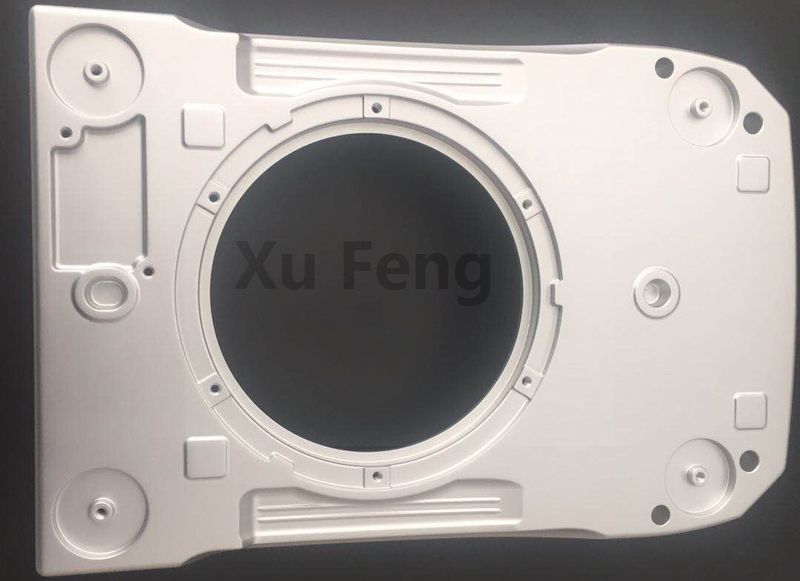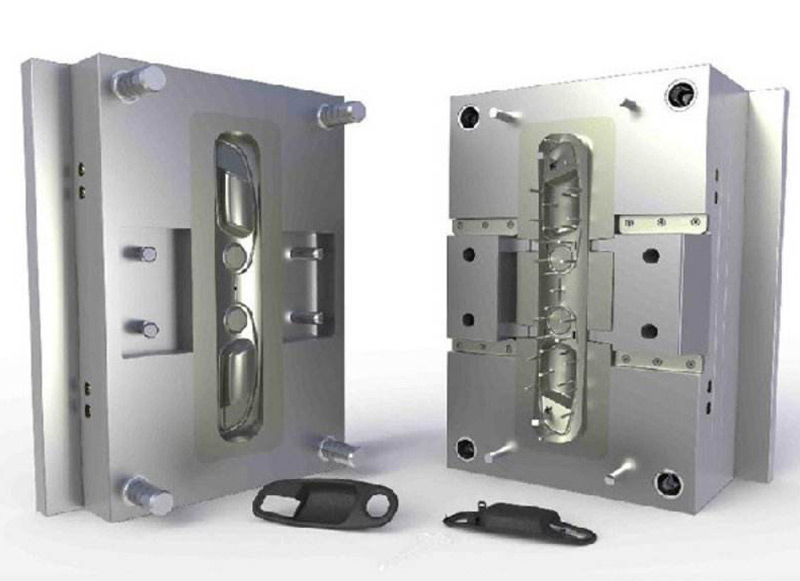 Jul. 12, 2023
Jul. 12, 2023
Optimizing the CNC turning process is crucial for efficient production of precision parts. By improving the efficiency and accuracy of the turning process, manufacturers can reduce production time, minimize material waste, and enhance overall productivity. XuFeng will provide comprehensive guidance on how to optimize CNC turning processes for efficient production of precision parts

Hot Tags: About XuFeng ,More products
1. Design Considerations:
Before diving into the machining process, it is essential to consider design factors that can impact the efficiency and precision of CNC turning. These include:
a. Part Geometry: Simplify the part geometry to reduce machining complexity and minimize tool changes.
b. Tolerances: Clearly define the required tolerances to ensure accurate machining while avoiding unnecessary tight tolerances that may increase production time.
c. Material Selection: Choose materials that are suitable for machining and offer the desired mechanical properties for the part.
2. Tooling Selection and Setup:
Selecting the right tools and properly setting them up is crucial for optimizing the CNC turning process. Consider the following factors:
a. Cutting Tools: Choose high-quality cutting tools that are specifically designed for turning operations. Consider factors such as tool material, geometry, and coatings to maximize tool life and cutting performance.
b. Tool Holders: Use rigid and stable tool holders to minimize vibration and ensure accurate machining.
c. Tool Setup: Properly set up the cutting tools, ensuring correct tool height, rake angle, and tool offset for each operation. Use precision measurement tools to ensure accurate tool positioning.
3. Machine Setup and Calibration:
A well-calibrated machine is essential for achieving accurate and efficient CNC turning. Consider the following steps:
a. Machine Alignment: Ensure proper alignment of the machine components, including the spindle, turret, tailstock, and tool holders.
b. Workholding: Use appropriate workholding methods, such as chuck jaws or collets, to securely hold the workpiece and minimize vibrations during machining.
c. Tool Length Compensation: Calibrate the machine's tool length compensation to accurately account for tool length variations and ensure precise machining.
4. Cutting Parameters Optimization:
Fine-tuning the cutting parameters is crucial for optimizing the CNC turning process. Consider the following aspects:
a. Cutting Speed: Optimize the cutting speed based on the material being machined, tooling, and part geometry. Higher cutting speeds can increase productivity, but ensure they do not compromise part quality.
b. Feed Rate: Determine the appropriate feed rate to achieve optimal material removal rates without causing excessive tool wear or part deformation.
c. Depth of Cut: Balance the depth of cut to ensure efficient material removal without overloading the tool or causing excessive vibrations.
d. Coolant and Lubrication: Use appropriate coolant and lubrication to improve chip evacuation, reduce tool wear, and improve surface finish.
5. Toolpath Optimization:
Efficient toolpath strategies can significantly impact the CNC turning process. Consider the following strategies:
a. Roughing: Optimize the roughing strategy to quickly remove excess material while ensuring a safe and efficient toolpath.
b. Finishing: Implement fine finishing strategies to achieve the desired surface finish and dimensional accuracy.
c. Toolpath Planning: Minimize tool changes and rapid movements by optimizing the toolpath planning, reducing the overall machining time.
6. Monitoring and Quality Control:
Implementing effective monitoring and quality control measures can help identify issues and ensure consistent production of precision parts. Consider the following steps:
a. In-process Inspection: Perform regular inspections during the machining process to detect any deviations from the desired specifications.
b. Continuous Monitoring: Utilize advanced monitoring systems, such as vibration sensors or acoustic emission analysis, to detect anomalies and prevent tool breakage or excessive wear.
c. Statistical Process Control: Implement statistical process control techniques to monitor and analyze process data, ensuring consistent quality and identifying areas for improvement.
7. Continuous Improvement and Training:
Encourage a culture of continuous improvement and provide training opportunities to operators and programmers. Regularly review and analyze machining processes to identify areas for optimization and implement new technologies or techniques.
In conclusion, optimizing the CNC turning process involves considering design factors, selecting appropriate tooling, machine setup and calibration, fine-tuning cutting parameters, optimizing toolpaths, implementing monitoring and quality control measures, and fostering a culture of continuous improvement. By following these steps, manufacturers can achieve efficient production of precision parts, reduce production time, minimize material waste, and enhance overall productivity.